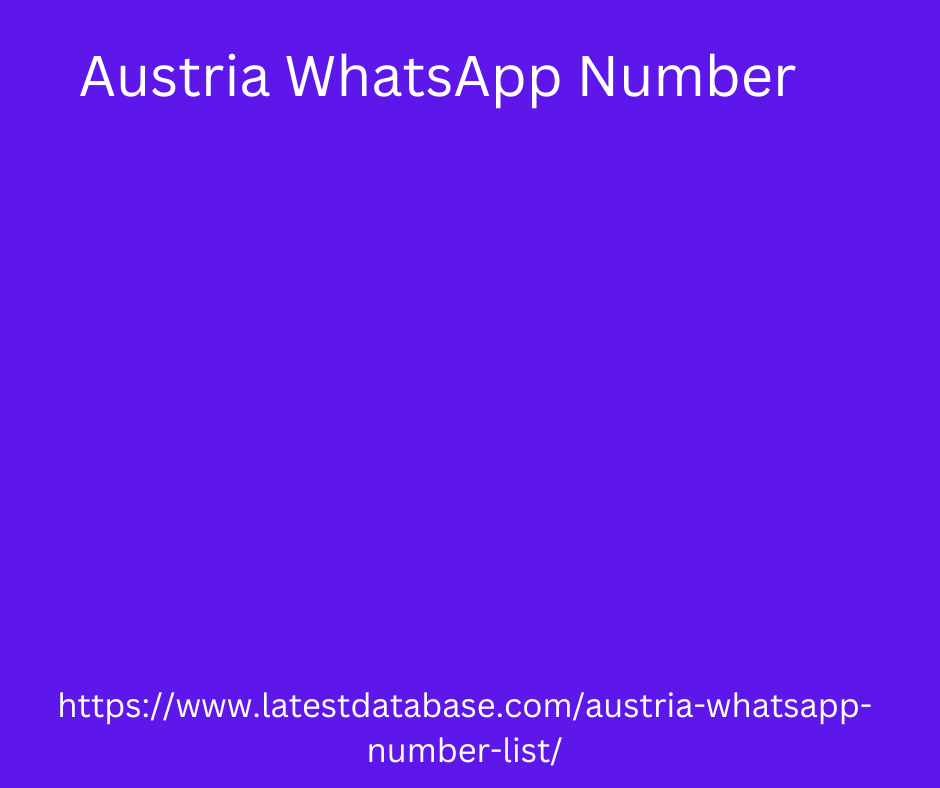|
|
Correctly. For example, a prolonged attention span on a product may indicate interest, while a fleeting glance might suggest the need for improvements. Understanding these nuances is essential to taking full advantage of Eye Tracking. Practical applications Eye Tracking, with its ability to provide accurate data on users' visual behavior, finds practical applications in numerous industries, particularly in marketing, advertising,
user experience (UX) optimization and product design. Eye Tracking in marketing and advertising In marketing and advertising, Eye Tracking is a fundamental tool for measuring the effectiveness of campaigns . By analyzing where and how long consumers stare at certain elements of an Austria WhatsApp Number advertisement, companies can understand which parts capture attention and which are ignored. This allows you to optimize the design of advertisements, both online and offline, to maximize the visual impact and memorability of the message . For example, an eye tracking analysis may reveal that a particular image or headline in an advertising campaign attracts more attention, thus suggesting strategic changes to improve engagement.

Optimizing user experience and product design In the field of UX and product design, Eye Tracking offers valuable insights into how users interact with a website, application, or physical product. This data can be used to make the interface more intuitive and accessible . For example, if analytics reveal that users are having trouble finding a button or menu on a website, designers can restructure the interface to make it more user-friendly. Additionally, Eye Tracking can help test the effectiveness of new designs before their launch, reducing the risk of negative user feedback. Eye,
|
|